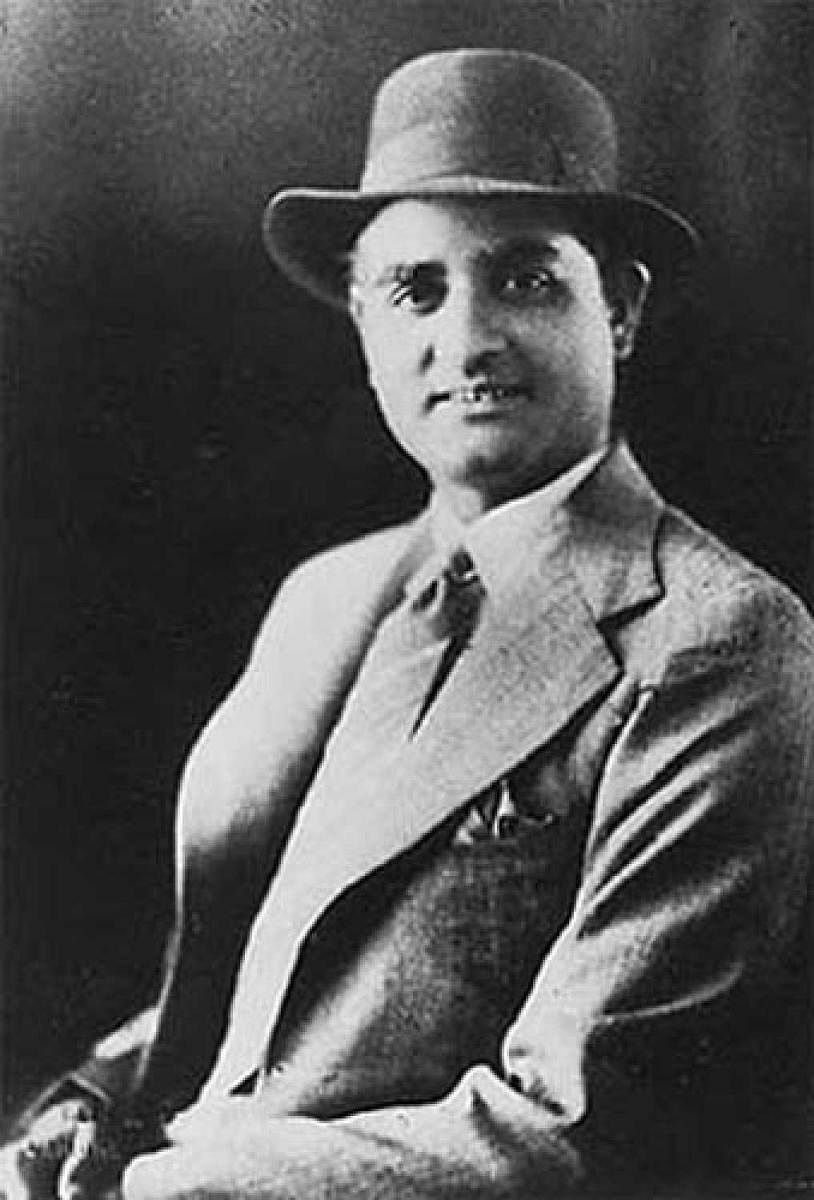
The impact of KL Saigal on India’s playback singing scenario is worth cherishing. His career has always been a benchmark for those aiming to make it big in playback singing. The works of some stalwarts don’t age well but Saigal’s songs are evergreen.
Born on April 11, 1904, Sagial’s career is a classic manifestation of quality over quantity despite the limited discography of 185 songs, including 142 film songs and 43 non-film songs. Of the film songs, there are 110 in Hindi, 30 in Bengali and two in Tamil. There’re 37 non-film songs in Hindi, and two each in Bengali, Pashto, Punjabi and Persian.
Followers of refined music can ever forget his ‘Nuktacheen hai ghame-dil ‘ (‘Yahudi Ki Ladki’, 1933). Mirza Ghalib’s immortal ghazal was sublimated into a state of molten gold by the ace singer. Saigal lifted composer Pankaj Mullick’s debut score. ‘Ek bangla bane nyara’ (‘President’, 1937) and ‘Babul mora naihar chhooto hi jaaye ‘ (‘Street Singer’, 1938) are some of his other classics.
The song from ‘Street Singer’ was performed live by Saigal as he sang and played the harmonium walking through the lanes. ‘So ja rajkumari so ja’ (‘Zindagi’, 1940) still warms the hearts of the old timers. ‘Tansen’ (1943) had an ethereal number sung by Saigal. It was ‘Diya Jalao’, written by Pandit Indra.
Whenever one listens to ‘Ae katib-e-taqdeer’ (‘Meri Bahan’, 1944), he or she is transported to a different realm. His ‘Toot gaye sab sapne ‘ (‘Parvana’, 1947, released after his demise) makes one nostalgic. Then comes the Everest of his songs: ‘Jab dil hi toot gaya, hum jee ke kya karenge’ (‘Shahjahan’, 1946,), written by Majrooh Sultanpuri and composed by Naushad Ali.
Many singers who followed him imitated Saigal’s style of singing. Jagmohan Sursagar (Jaganmoy Mitra), CH Atma and Mukesh are some of the noted names who emulated Saigal. The overwhelming influence of Saigal is evident in Mukesh’s singing in ‘Dil jalta hai toh jalne de’ from ‘Pahli Nazar’ (1945).
Saigal was one of the first to acknowledge the greatness of the inimitable Mohammad Rafi in Lahore. Saigal left at 42 in 1947, vindicating Daniel Dafoe’s famous lines, ‘The best of men cannot suspend their fate: the good die early and the bad die late.’ Take a bow, maestro.